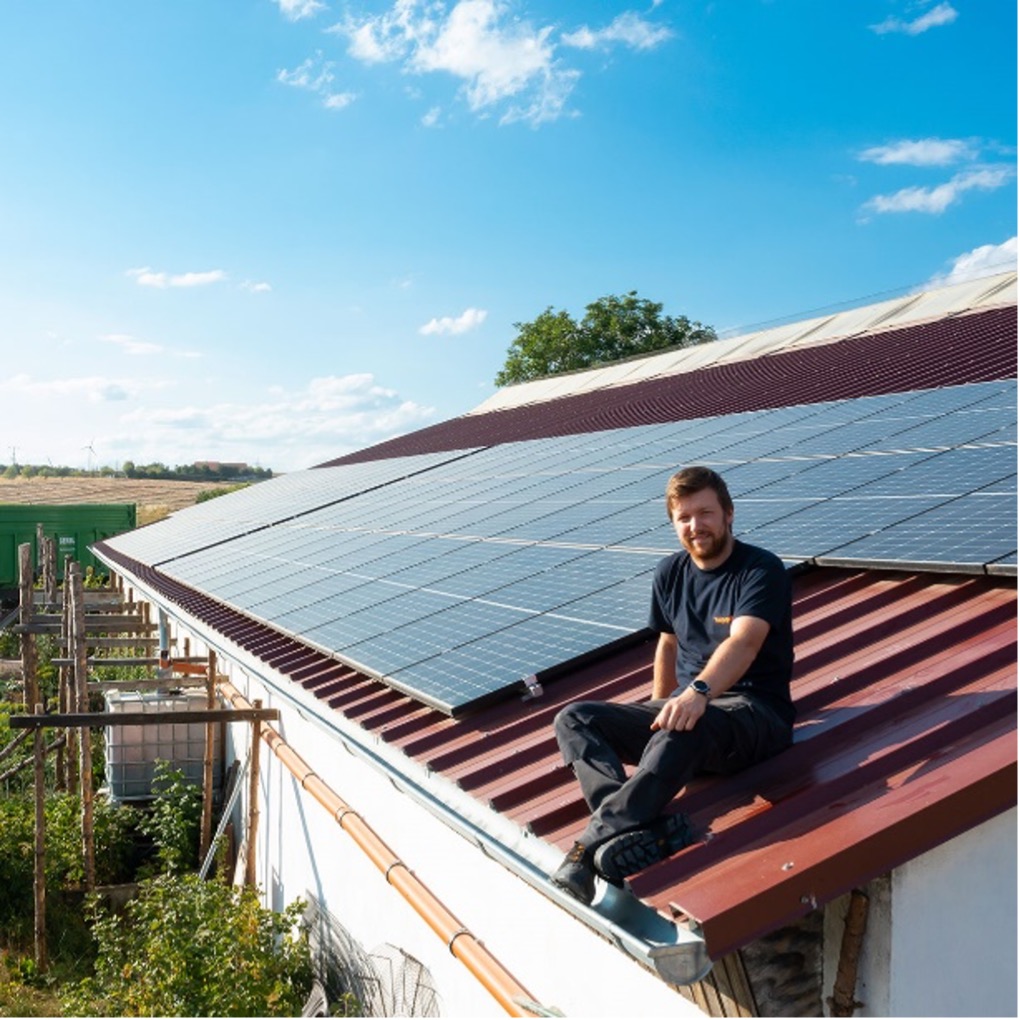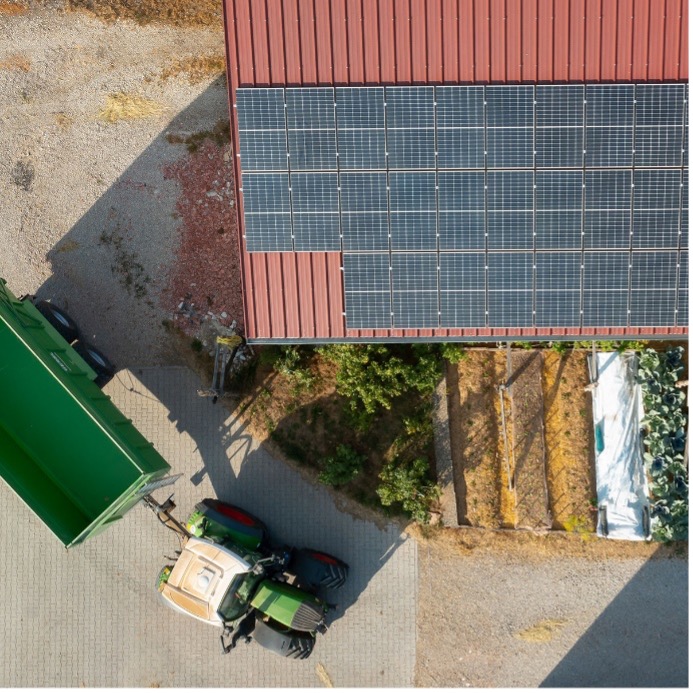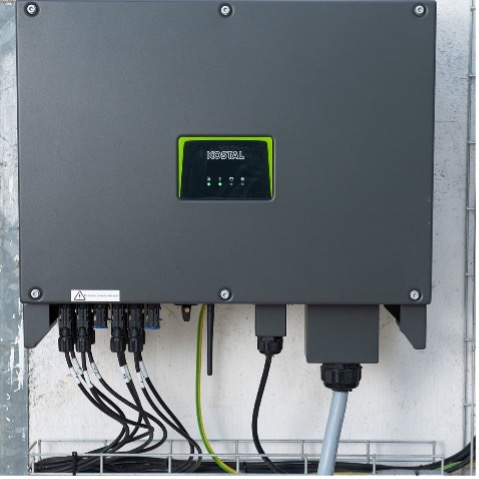
08/09/2022
Self-generated electricity in the agricultural sector with KOSTAL
Almost two decades ago, photovoltaic systems in agriculture were a major driver of the energy transition. Today, photovoltaics for self-generated electricity are once again an integral part of productive farms. Last year, young farmer Alexander Kuhn installed a self-generating system on his 70-hectare farm, comprising photovoltaics and an electricity storage unit using technology from solar specialist KOSTAL. After just nine months, it has proven to be the right decision.



